With the challenging light, I stuck to the shadows and focused on the details. And of course those wonderful details were plentiful in such a well-designed Japanese garden.
Just as at the Lan Su Chinese Garden, I really enjoyed the pathways. While the Chinese Garden paths were composed of intricate stone mosaic patterns, the Japanese walkways appeared much more natural and embracing of the imperfect. The Chinese garden paths are all about pattern and geometry while the Japanese paths exemplify the concept of wabi-sabi, or that of embracing imperfection. I have to say I enjoy both styles equally.
Other constructed elements were beautifully integrated into the landscape - from the tree-framed gravel garden to the simple linear bench perched upon a rock wall.
Even natural parts of the landscape like the ponds and plants benefit from a bit of human touch such as some well-placed rocks or smoothly clipped azaleas. Even though Japanese gardens are high maintenance, those that maintain the gardens respect the wildness of nature and attempt to allow us to see that wildness more clearly by offsetting the perfect with the imperfect.
That contrast creates a beautiful tension at the Portland Japanese Garden.


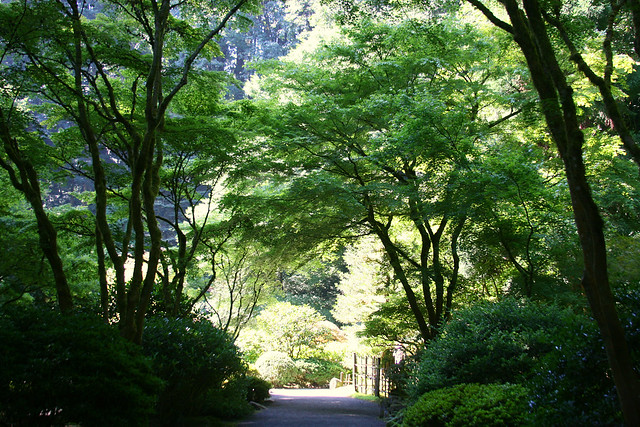
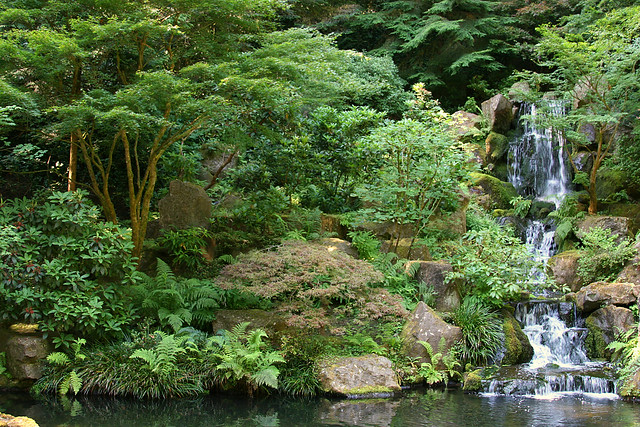
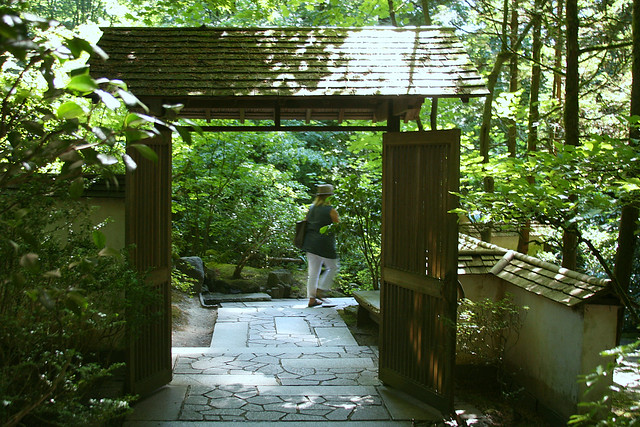
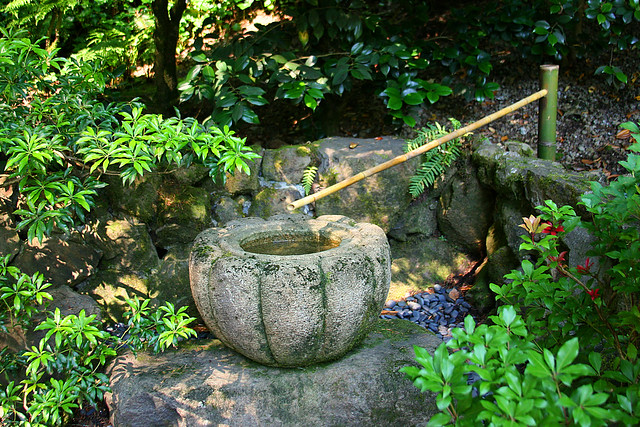


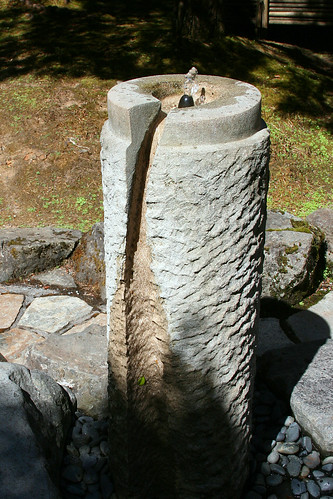
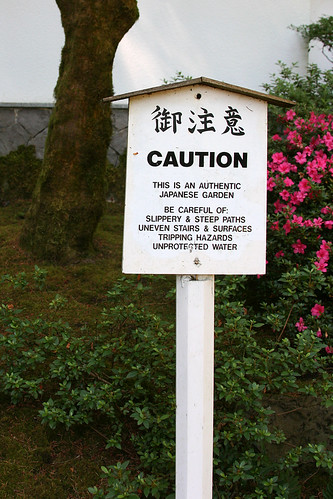
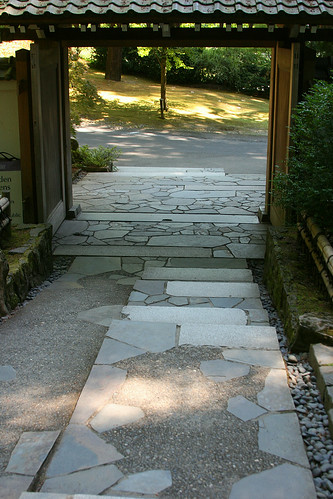

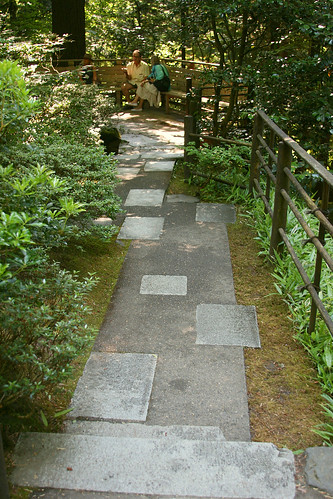
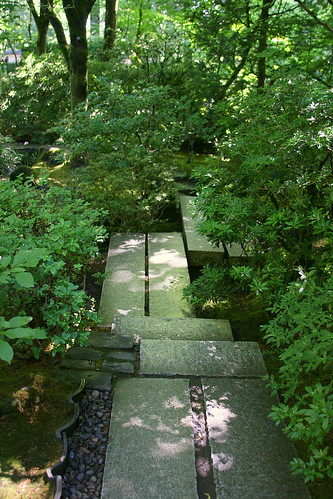
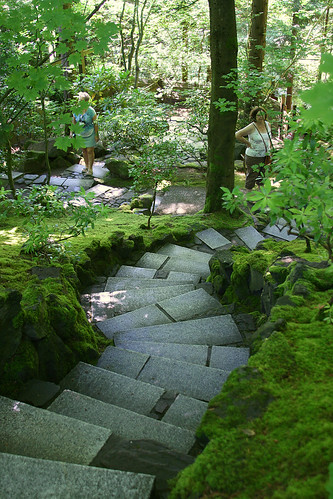

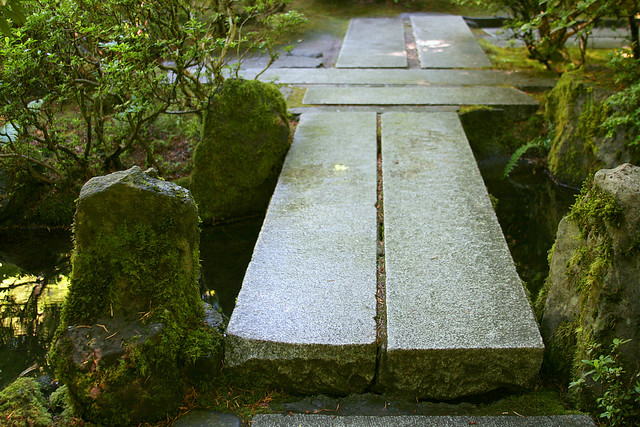
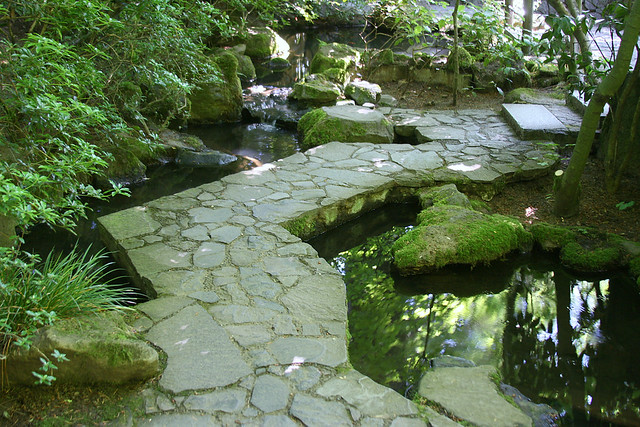
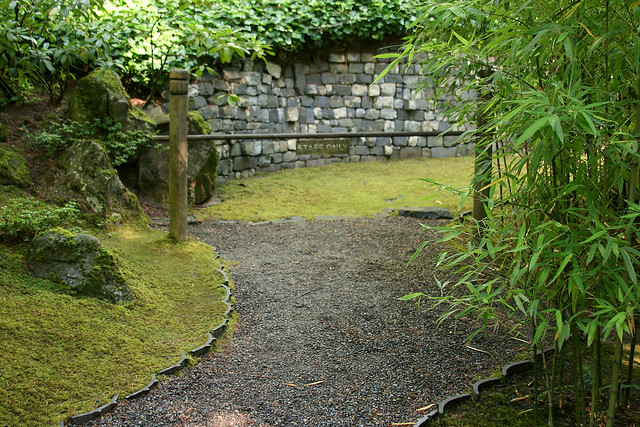

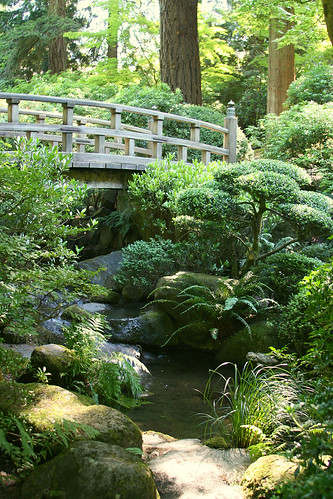
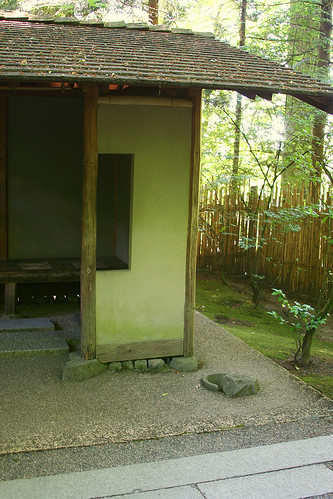
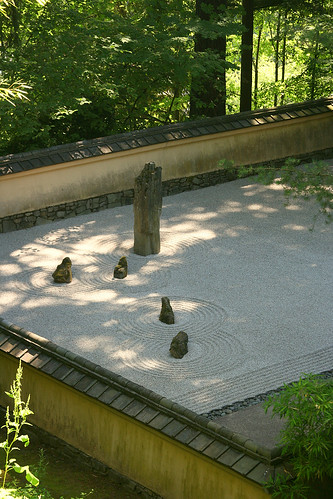

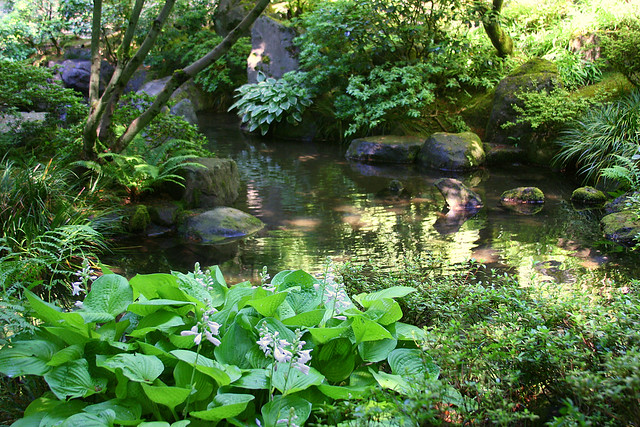
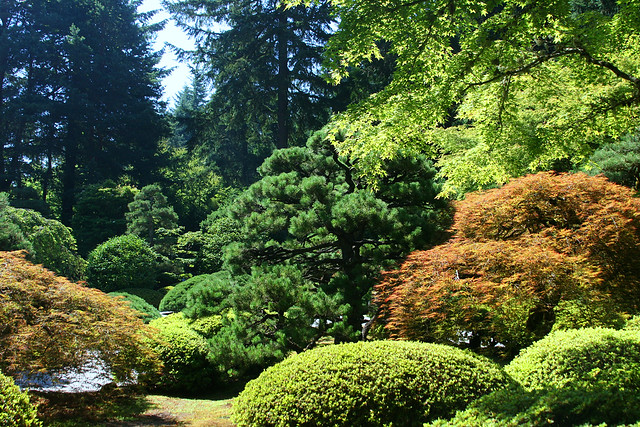
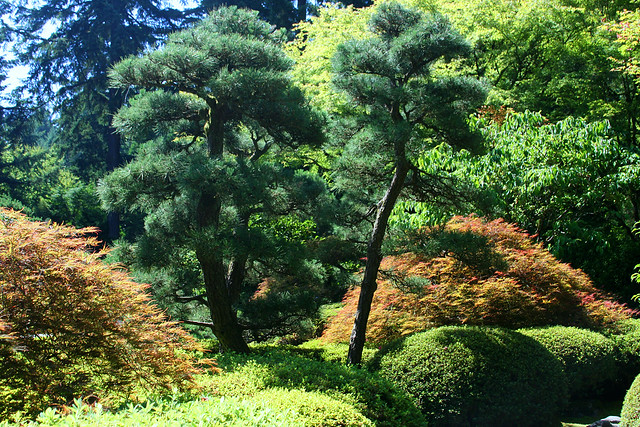
Great post! The images looks really awesome. It was superb visiting the blog post
ReplyDelete